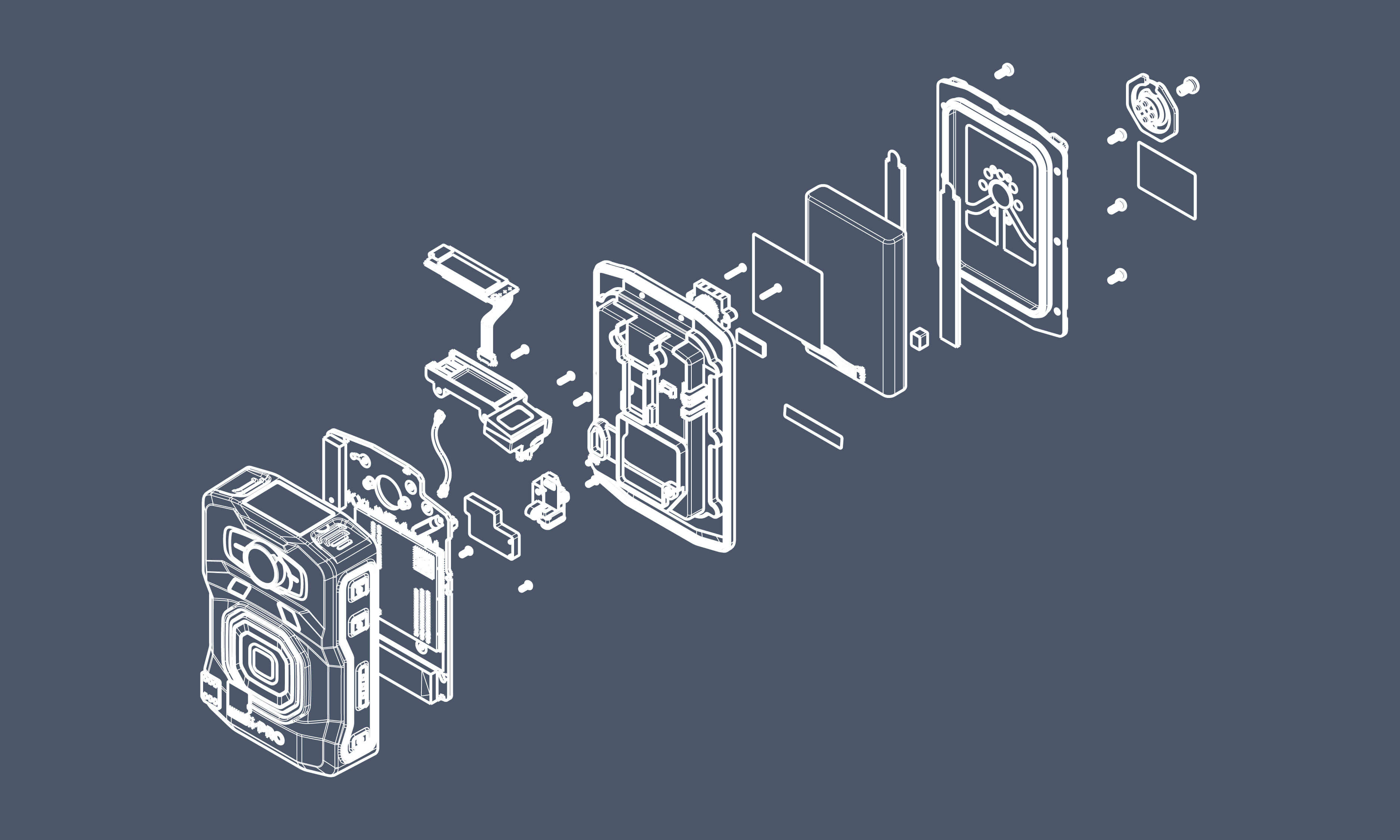Developing a software product is no simple task. According to the 2021 Software Products Global Market Report, the global software products market is rapidly growing. If you’re considering beginning the software development process, take a look at the steps we’ve outlined below. Taking your time to know and understand the process is key to successful product development.
Software Development Process
1. Know your problem and solution
The first step in the software development process is to know the problem you are solving and what your solution entails. This also includes determining who your audience is and validating both the problem and solution with a sample of that audience.
2. Define the product and plan for launch
Once you’re certain of your problem and solution, it’s time to define the product. The first version of this will be a minimum viable product (MVP), which will have only the most basic features of the solution. The feature list will need to be enough to get the attention of consumers, but simple enough to keep development costs low while you are in the early stages of product development.
In parallel, you’ll want to build a website to gather initial marketing traction. On a landing page, capture contact information of potential customers who are interested in your product.
This is also when you’ll want to set KPIs to determine success of your product.
3. Have clear requirements and a product roadmap
You will certainly have features in mind that go beyond the scope of your MVP. You’ll want to write these down features down, define them, and prioritize them. Each new version of your product will have added functionality. You’ll want to consider which items bring in the most value for your users as well as how much development effort is needed to create the function. There are a number of methods that people use to create a product roadmap, and we have a free product requirement worksheet to help you get started.
4. Design the product
Now that you have a clearly defined product and a roadmap, it’s time to conceptualize the solution. At this stage, you’ll want to define the software architecture to ensure that the project requirement (including future roadmap items) will be achievable. This is also when you’ll want to create a user experience and translate that into user interface designs.
5. Development & coding of the product
Patience is key during the development and coding stage of the product, as this is the longest phase in the cycle. This includes writing code and converting design documentation into actual software. At this point, a software engineering team works to ensure their code meets the software requirements specifications. The release cycle begins with alpha, then beta before it is production-ready.
6. Integration and testing
Once software is released, it may need to be integrated. This will vary based on the product requirements. Once it is integrated, Quality Assurance engineers will conduct a series of tests including functionality testing, systems integration, and interoperability. The purpose of this is to ensure that the code is bug-free, working as expected, and that the business goals are met.
7. Implementation and deployment
At this point, the newly built and tested application is moved to production to deploy. End-users can see and tryout the application.
8. Operations and maintenance
Software development is an ongoing process. Per the product roadmap, the software is upgraded with added features and functionality. If any issues arise, the product is polished. Enhancements can also be made based on real-world feedback from users.
The software development process is an iterative cycle that is structured to deliver the best quality product that meets the needs of customers. The process can be adjusted to meet the needs of each product to ensure that the defined goals are achieved. The development process is a foundation model to equip team members to deliver a high-quality product.
Hatch Product Development offers established practices of the software development process. This has proved to be a successful way to deliver high quality software solutions that meet business needs. So, if you are looking to hire a software development team, get in touch with our team.
Author: Dave Carlson, Co-Founder and Software Project Manager at Hatch Product Development


